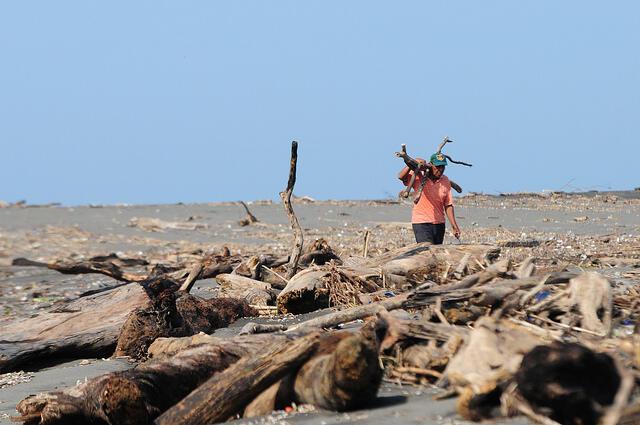
The Global Compacts and Environmental Drivers of Migration
The Global Compacts on Safe, Orderly and Regular Migration and on Refugees hold the potential for addressing the causes of and improving responses to migration, displacement and relocation across borders as a result of sudden- and slow-onset natural disasters, environmental degradation, and the adverse effects of climate change. The compacts reference and, in the case of the migration compact, provide specific commitments to address the drivers of environmental mobility and to develop policies aimed at ensuring greater protection for those affected by these movements. This policy brief outlines the ways in which the compacts address these issues, identifies gaps and weaknesses in the current drafts of the compact, and makes recommendations to enhance the compacts’ provisions on environmental mobility. We recommend that the compacts should expand on the relationship between internal and international migration and displacement, committing, at a minimum, to bring states, experts and other stakeholders together to identify mechanisms to improve protection of the rights of internal migrants and displaced persons. The compacts should identify ways to enhance international cooperation in identifying solutions for those who may otherwise become trapped at home, unable to find protection elsewhere from dangerous situations. Similarly, better systems are needed for identifying and, where necessary, providing protection and assistance for those in mixed migration situations who cannot return home because of environmental or other life-threatening situation. Further, the migration compact should expand on the ways in which safe, orderly and regular migration can be an effective component of a toolkit to help communities reduce the risk of disasters and adapt to the slow-onset effects of climate change. Finally, the compacts should expand on the role, relationships, and funding mechanisms to be used in building the capacity of States to implement their commitments that relate to environmental drivers of migration.

